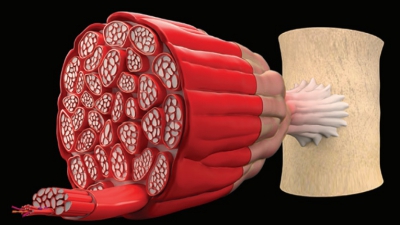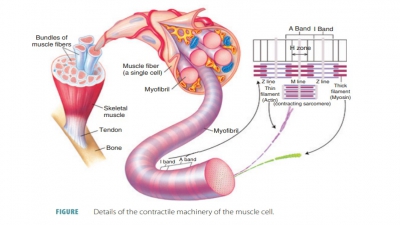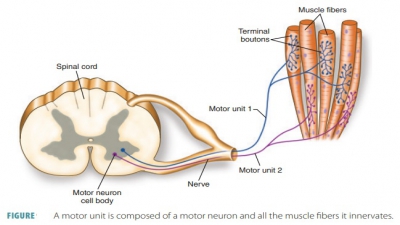Blood Supply and Nerve Attachments
| Home | | Anatomy and Physiology | | Anatomy and Physiology Health Education (APHE) |Chapter: Anatomy and Physiology for Health Professionals: Support and Movement: Muscle Tissue
Generally, each muscle is served by one nerve, one artery, and one or more veins.
Blood Supply
and Nerve Attachments
Generally, each muscle is served
by one nerve, one artery, and one or more veins. Each of these struc-tures
enters or exits near the center of the muscle. They then have multiple branches
through the con-nective tissue sheaths (perimysium) of the muscle. While
cardiac and smooth muscle cells can contract without any nerve stimulation,
skeletal muscle fibers are controlled by nerve endings. A rich blood supply is
found in skeletal muscle. This is because contract-ing muscle fibers require
large amounts of energy. They need nearly continual delivery of oxygen and
nutrients through their arteries. Large amounts of metabolic wastes are given
off by muscle cells. These wastes must be removed through the veins in order
for muscle contraction to continue to be effective. The smallest blood vessels
in the body are the capil-laries of the muscles. They have many cross- links
that allow for changes in muscle length. When a muscle stretches, the
capillaries straighten, and when it con-tracts, they shorten. The majority of
skeletal muscles spans joints and attach to structures, such as bones, in two
or more places.
Related Topics



